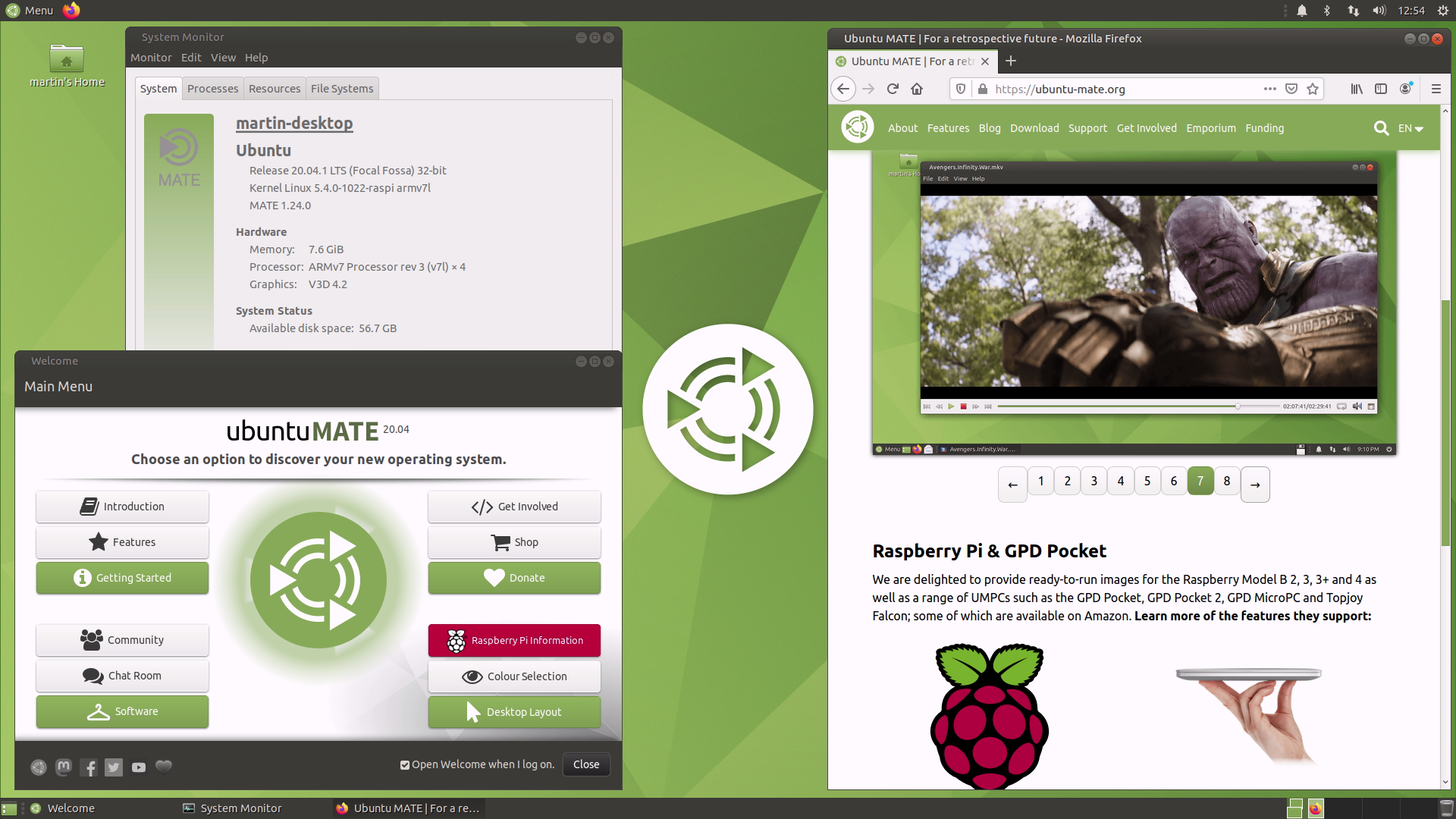Remote IoT monitoring has become an essential tool for modern businesses and individuals looking to manage devices efficiently from anywhere in the world. Whether you're managing home automation systems, industrial equipment, or personal projects, leveraging SSH (Secure Shell) for remote access is a secure and reliable solution. This article will guide you step-by-step through setting up remote IoT monitoring using SSH, covering Raspberry Pi, Ubuntu, and Windows configurations.
As technology advances, the demand for remote monitoring and management continues to grow. From smart homes to industrial IoT applications, remote access allows users to control devices securely without physical presence. Understanding how to set up SSH for remote IoT monitoring is crucial for anyone looking to enhance their device management capabilities.
This comprehensive guide will delve into the intricacies of remote IoT monitoring, focusing on SSH setup for Raspberry Pi, Ubuntu, and Windows environments. By following the instructions provided, you'll gain the expertise to configure secure and efficient remote access systems, empowering you to manage your IoT devices confidently.
Table of Contents
- Introduction to Remote IoT Monitoring
- What is SSH and Why Use It?
- Raspberry Pi SSH Setup
- Ubuntu SSH Configuration
- Windows SSH Setup
- Top Remote Monitoring Tools
- Security Best Practices for SSH
- Common SSH Issues and Troubleshooting
- Performance Optimization Tips
- Conclusion and Next Steps
Introduction to Remote IoT Monitoring
Remote IoT monitoring refers to the practice of managing and controlling Internet of Things (IoT) devices from a remote location. This setup allows users to access real-time data, perform diagnostics, and make adjustments without needing to be physically present. The ability to monitor IoT devices remotely is particularly valuable for businesses, engineers, and hobbyists alike.
Why Remote Monitoring Matters
Remote IoT monitoring offers several advantages, including:
- Increased efficiency by enabling real-time data access.
- Cost savings by reducing the need for on-site visits.
- Enhanced security through centralized management.
What is SSH and Why Use It?
SSH, or Secure Shell, is a network protocol that allows secure communication between devices over an unsecured network. It provides encrypted data transfer, ensuring that sensitive information remains protected during transmission. Using SSH for remote IoT monitoring ensures secure access to devices, making it a preferred choice for professionals and enthusiasts.
Key Features of SSH
- Encryption for secure communication.
- Authentication mechanisms to verify user identity.
- Support for file transfer and remote command execution.
Raspberry Pi SSH Setup
Setting up SSH on a Raspberry Pi is straightforward and essential for remote IoT monitoring. Follow these steps to enable SSH on your Raspberry Pi:
Enable SSH on Raspberry Pi
- Connect your Raspberry Pi to a monitor and keyboard.
- Open the terminal and type
sudo raspi-config. - Select "Interfacing Options" and enable SSH.
- Reboot your Raspberry Pi for changes to take effect.
Access Raspberry Pi via SSH
Once SSH is enabled, you can access your Raspberry Pi remotely using a tool like PuTTY (for Windows) or the terminal (for macOS/Linux). Use the following command:
ssh pi@your_pi_ip_address
Ubuntu SSH Configuration
Ubuntu is a popular Linux distribution for IoT applications. Configuring SSH on Ubuntu involves installing the OpenSSH server and setting up secure access.
Install OpenSSH Server
- Open the terminal and update your package list:
sudo apt update. - Install OpenSSH server:
sudo apt install openssh-server. - Start the SSH service:
sudo service ssh start.
Secure SSH Access
To enhance security, consider the following:
- Disable root login via SSH.
- Use key-based authentication instead of passwords.
- Change the default SSH port if necessary.
Windows SSH Setup
Windows 10 and later versions support SSH natively, making it easier to set up remote access for IoT devices. Follow these steps to configure SSH on Windows:
Enable SSH Client
- Open the "Settings" app and navigate to "Apps"> "Optional Features."
- Select "Add a feature" and search for "OpenSSH Client."
- Install the OpenSSH Client.
Connect to IoT Devices
Use the following command in the Command Prompt or PowerShell:
ssh username@device_ip_address
Top Remote Monitoring Tools
In addition to SSH, several tools can enhance your remote IoT monitoring experience:
Popular Tools
- Home Assistant: An open-source platform for home automation.
- Grafana: A powerful tool for visualizing IoT data.
- Prometheus: A monitoring system for collecting metrics.
Security Best Practices for SSH
Ensuring the security of your SSH connections is critical for protecting sensitive data. Follow these best practices:
- Use strong, unique passwords or SSH keys for authentication.
- Regularly update your SSH server and client software.
- Limit access to trusted IP addresses using firewall rules.
Common SSH Issues and Troubleshooting
Encountering issues with SSH is common, but they can often be resolved with simple troubleshooting steps:
Connection Refused
This error typically occurs when the SSH service is not running or the port is blocked. Ensure the SSH service is active and check firewall settings.
Permission Denied
If you receive a "permission denied" error, verify your login credentials and ensure the correct permissions are set for the SSH directory and files.
Performance Optimization Tips
Optimizing SSH performance can improve your remote IoT monitoring experience:
- Use compression to reduce data transfer time.
- Enable keepalive packets to maintain stable connections.
- Monitor system resources to identify bottlenecks.
Conclusion and Next Steps
Remote IoT monitoring with SSH provides a secure and efficient way to manage devices from anywhere in the world. By following the steps outlined in this guide, you can set up SSH for Raspberry Pi, Ubuntu, and Windows environments, empowering you to take full control of your IoT devices. Remember to prioritize security and regularly update your systems to protect against potential threats.
We encourage you to share your experiences or ask questions in the comments section below. For further reading, explore our other articles on IoT, cybersecurity, and technology solutions. Together, let's build a smarter, more connected world!


